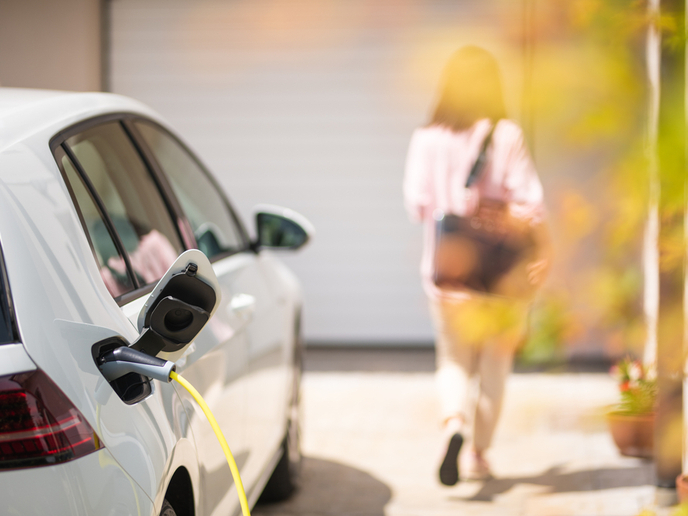Supercharging the next generation of battery innovation
While most vehicle batteries in circulation today are still based on lead-acid technology – first developed back in 1859 – lithium-ion (Li-ion) batteries are becoming increasingly popular. Key benefits include higher energy density, increased voltage capacity and longer life. “The market for Li-ion is growing at an incredible 25 % a year,” notes TEESMAT (Open Innovation Test Bed for Electrochemical Energy Storage Materials) project coordinator Fabien Perdu from the French Alternative Energies and Atomic Energy Commission. “An industrial revolution is going on. Li-ion batteries are typically used in consumer electronics, but they are also becoming a key driver in electric mobility.” Other energy-efficient battery innovations based on different chemistries are emerging, including redox flow batteries, various zinc chemistries and hybrid supercapacitors. “There is also a lot of ongoing development in potential future technologies such as lithium metal or silicon anodes, lithium sulphur and organic batteries,” adds Perdu.
Development of a competitive European battery industry
However, delivering this innovation is challenging. “Battery development involves a delicate trade-off between various criteria,” explains Perdu. “These criteria, such as energy density, storage capacity, fast charging and safety, are easy to optimise individually, but can be difficult to combine. Behind these criteria are dozens of chemical reactions and physical effects that have to be understood, mastered or circumvented.” Understanding these processes is therefore critical to the development of a competitive and forward-looking European battery industry. The difficulty is that such expertise is not always easily accessible, creating a bottleneck early in the development of new battery innovations. The EU-funded TEESMAT project sought to address this by providing easy access to such knowledge and techniques, and by building up expertise through the sharing of best practices and results. This was achieved by bringing together those offering cutting-edge characterisation techniques and expertise with industrial players in the battery field. “We set up, tested and launched this Open Innovation Test Bed to give service users access to all service providers via a single entry point,” explains Perdu. “Service users can be thought of as future customers, who are able to use this platform to contact experts with their samples and unanswered questions.” The platform is carefully structured to help manufacturers identify the best combination of techniques that might answer each individual problem. Samples can then be dispatched to the relevant service providers, and together, conclusions can be drawn from the results. Where confidentiality allows, a database gathers information on tested samples, results and conclusions, to ensure that best practices can be shared. “We have managed more than 700 samples and conducted 250 tests for more than 40 user cases to date,” says Perdu. “In all these cases, the platform was able to achieve results that would not have been possible without combining complementary techniques.”
Safer, longer-lasting, greener batteries
Key successes include the development of: a suitable quality control tool for the efficient development of electrodes; hybrid technology batteries with faster charging and longer life cycles; and a solution to address copper oxidation in energy storage applications. The platform has also been successful in identifying and trialling a mechanism to predict the lifespan of automotive Li-ion cells. “We have been able to attract external service providers, which has helped to enlarge our portfolio of expertise,” adds Perdu. “Attracting more service users will help to broaden our base of future customers, and bring valuable feedback about the TEESMAT platform.” Next steps include preparing for the commercial phase. “After project completion in August 2022, the platform will continue to operate as a paid service,” explains Perdu. “We are therefore focused at the moment on governance and operational issues, and on the precise list of characterisation techniques to be proposed.” TEESMAT will therefore continue to play a critical role in the development of a competitive and technologically cutting-edge European battery sector. “Our Open Innovation Test Bed has really opened up expertise around multiple characterisation techniques, and made this available to the battery industry,” Perdu says. “In this way, we hope to have contributed towards better, safer, longer-lasting, cheaper and greener batteries.”
Keywords
TEESMAT, open innovation, test bed, batteries, Li-ion, supercapacitors, lithium, silicon, energy, electrodes



